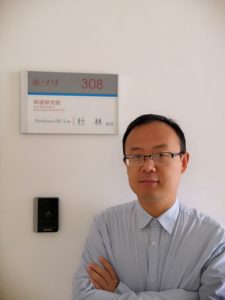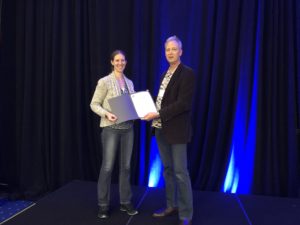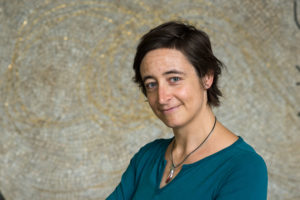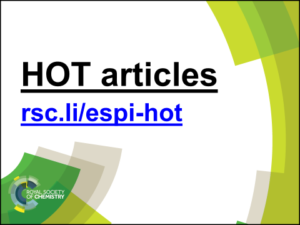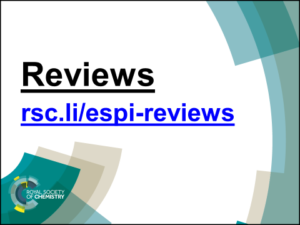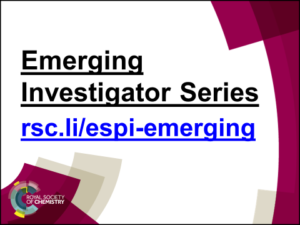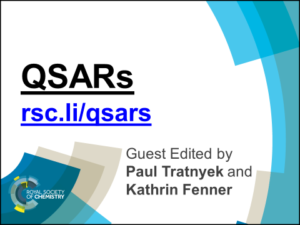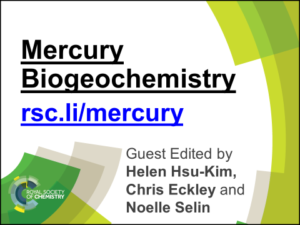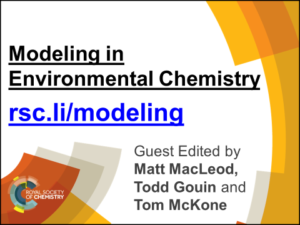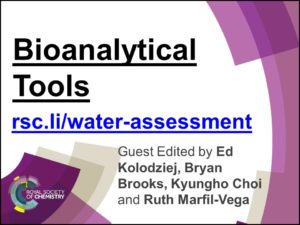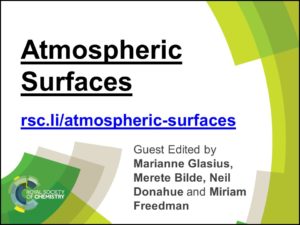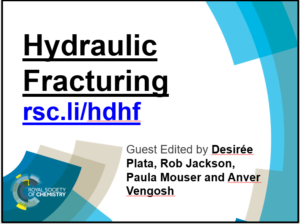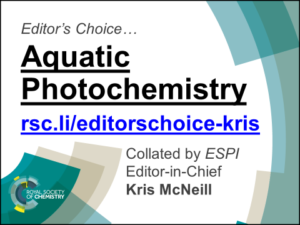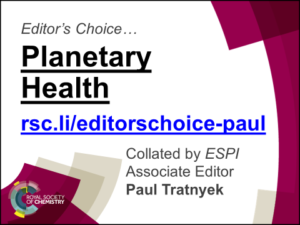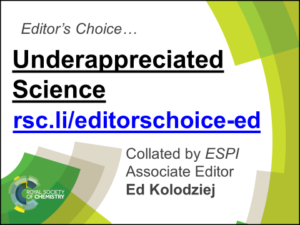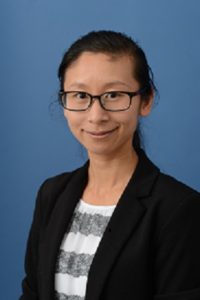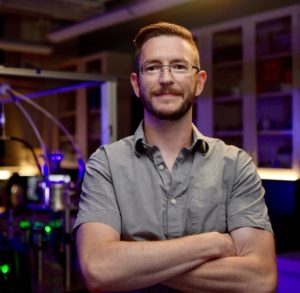 Ryan Sullivan is an Associate Professor at Carnegie Mellon University, with a joint appointment in the Departments of Chemistry and Mechanical Engineering, and a courtesy appointment in the Department of Civil and Environmental Engineering. He is also a faculty member in the Center for Atmospheric Particle Studies, and the Associate Director of CMU’s Institute for Green Science. His primary interest is understanding the sources and chemical evolution of atmospheric aerosol particles, and how this evolution in turn alters the particle’s ability to nucleate clouds and thus alter climate. His research group at CMU develops analytical techniques for real-time analysis of individual aerosol particle composition used in his research. These include laser ablation single-particle mass spectrometry, aerosol optical tweezers, and microfluidic devices for ice nucleation measurements. The multi-phase chemical evolution of biomass burning aerosol from wood smoke is a major current focus. Ongoing experimental investigations include the alteration of the ice nucleation properties of smoke particles induced by chemical aging; and the activation of photo-labile chlorinated gases from heterogeneous reactions of nitrogen oxides with chloride salts emitted in the smoke. He has recently started new initiatives to develop and rigorously test advanced oxidation methods for the biosafe removal of micropollutants from wastewater.
Ryan Sullivan is an Associate Professor at Carnegie Mellon University, with a joint appointment in the Departments of Chemistry and Mechanical Engineering, and a courtesy appointment in the Department of Civil and Environmental Engineering. He is also a faculty member in the Center for Atmospheric Particle Studies, and the Associate Director of CMU’s Institute for Green Science. His primary interest is understanding the sources and chemical evolution of atmospheric aerosol particles, and how this evolution in turn alters the particle’s ability to nucleate clouds and thus alter climate. His research group at CMU develops analytical techniques for real-time analysis of individual aerosol particle composition used in his research. These include laser ablation single-particle mass spectrometry, aerosol optical tweezers, and microfluidic devices for ice nucleation measurements. The multi-phase chemical evolution of biomass burning aerosol from wood smoke is a major current focus. Ongoing experimental investigations include the alteration of the ice nucleation properties of smoke particles induced by chemical aging; and the activation of photo-labile chlorinated gases from heterogeneous reactions of nitrogen oxides with chloride salts emitted in the smoke. He has recently started new initiatives to develop and rigorously test advanced oxidation methods for the biosafe removal of micropollutants from wastewater.
Ryan obtained his Hon.B.Sc. in chemistry from the University of Toronto, and his M.Sc. and Ph.D. in chemistry from the University of California, San Diego. Before moving to Carnegie Mellon University in 2012, he completed his postdoctoral research in atmospheric chemistry at Colorado State University. Ryan is the recipient of a Faculty Early Career Development (CAREER) award from the National Science Foundation, and the National Academy of Science’s Cozzarelli Prize.
Read his Emerging Investigator Series article “Determination of biphasic core–shell droplet properties using aerosol optical tweezers” and find out more about him in the interview below:
Your recent Emerging Investigator Series paper focuses on the determination of biphasic core–shell droplet properties using aerosol optical tweezers . How has your research evolved from your first article to this most recent article?
The aerosol optical tweezers technique is a powerful approach to studying individual levitated particles. I started using optical tweezers six years ago, and we built two custom systems in my lab. One is for low temperature work to study ice nucleation, and the other has better controlled mixing and flow regimes for studying organic aerosol particles; that is the system used here. We recently reported the first aerosol optical tweezers experiments on complex secondary organic aerosol (SOA) that was produced and condensed onto a droplet directly in the tweezing chamber. We found that most of the SOA phase separated from the original droplet, be it a hydrophobic or aqueous phase, to form a core-shell morphology. We also observed strong evidence for a stable emulsified state of small SOA particles circulating in an aqueous droplet core. To more deeply investigate the chemical properties of these core-shell particle morphologies required us to develop the sophisticated analysis algorithm that we report here. This allows us to determine the properties of both the core and shell phases by analyzing the whispering gallery modes present in the Raman spectrum that form a standing wave around the droplet’s core and shell phases. It was Kyle Gorkowski who advanced upon the existing WGM analysis algorithms, drawing on his aerosol optics background to improve the accuracy and computational efficiency of this fitting algorithm. I have never worked on spectral analysis algorithms before and this research is a nice example of how new scientific discoveries drive the creation of advanced data analysis methods, allowing us to probe environmental chemical systems more deeply.
What aspect of your work are you most excited about at the moment?
There has been a lot of interest in atmospheric chemistry recently in the role that particle morphology plays in determining how particles interact with and affect their surrounding environment. This changes how particles interact with radiation, with water vapor and clouds, and with trace gases that can react heterogeneously with particle surfaces, and the partitioning of gases into organic or aqueous particle phases. As each particle’s composition and morphology can be quite different from one and other, it is important to determine these properties at the individual particle level. Determining particle morphology is quite difficult, but aerosol optical tweezers provides a powerful way to do this in a direct manner on single levitated particles. The analysis algorithm we reported here allows us to better and more quickly determine the properties of core-shell morphologies. I’m excited to continue to use optical tweezers as a powerful physical chemistry experiment to investigate complex and realistic atmospheric particle systems. We’re now starting to use our core-shell analysis algorithm to investigate the interplay between a particle’s morphology and how it reacts heterogeneously with trace reactant gases.
In your opinion, what are the biggest advantages of the new algorithm presented in your paper over previous methods of analysing data from core-shell biphasic droplets?
When we first started analyzing core-shell droplets it would take hours just to fit one Raman spectral frame. We acquire a new droplet spectrum every 2 seconds, and often conduct experiments on a single droplet for hours, so this analysis was completely impractical. Thanks to the clever approaches that Kyle worked out, our new algorithm is much more efficient and can fit each spectrum in much less than a minute. We’re now able to analyze hours-long experiments and observe the properties of core-shell droplets evolve during these long experiments that simulate how particles might evolve during atmospheric transport. We now also have a much deeper understanding of the accuracy of our algorithm’s analysis of core-shell droplets and how this accuracy changes with the quality of the spectral data and number of whispering gallery modes present. This gives us much more confidence in the accuracy of any properties that we determine from biphasic droplets.
What do you find most challenging about your research?
Aerosol particles are really tough to do experiments on. This makes this research a fun challenge, but it can be very challenging indeed. A whole suite of expensive instruments is often required to determine all the different aerosol properties you need to know to understand their chemistry. As the submicron particles are so small and have very little mass, they are difficult to study at the individual particle level, and prone to change during analysis. If you just look at the particles they will change; they are constantly evolving. So you have to design your experiments very carefully, and always be open to unexpected surprises. That’s what makes the aerosol optical tweezers approach so powerful. We are constantly determining the properties of an individual particle as it continues to evolve so we know its entire life history. That allows us to answer important questions in a unique way, such as how do particles evolve as they move through the atmosphere and interact with light, water, other particles, and condensible or reactive gases?
In which upcoming conferences or events may our readers meet you?
This summer I’m helping to run a Workshop on “Aerosols and Clouds: Connections from the Laboratory to the Field to the Globe” at the Telluride Science Research Center in Colorado. Then in September I’ll be attending the International Aerosol Conference in St. Louis, Missouri. There I’m organizing a Special Symposium on “Unraveling the Many Facets of Ice Nucleating Particles and Their Interactions with Clouds”, and I’m the Chair of the working group on Instrumentation & Methods and helped organize more than 150 abstracts submitted to that topic. The International Aerosol Conference only takes place every 4 years, and comes to North America every 12 years, so it’s a great opportunity to interact with a wide range of international scholars who are all advancing our understanding of these complex, tiny, airborne particles.
How do you spend your spare time?
These days I play a lot of volleyball (indoor, on grass, and beach). Playing sand volleyball is the closest we get to going to the beach in Pittsburgh! Being 6’3” is a slight advantage in volleyball, but less so for the olympic lifting I also do. I also like to go hiking on the many trails we have in Appalachia.
Which profession would you choose if you were not a scientist?
I had to think about this one for awhile. I would probably work more on developing technology to help tackle important environmental problems, such as improved methods to remove pollutants from our air and water, and to prevent them from being produced in the first place. I suppose that still sounds like science though… A career working with environmental advocacy groups and NGOs to help raise awareness of environmental issues and educate young students and the general public about the environment would also be very satisfying.
Can you share one piece of career-related advice or wisdom with other early career scientists?
It’s really important to find research questions and topics that greatly speak to you. All research is hard to complete, especially when you’re starting your own lab, so why work on science that doesn’t really excite you? That passion will help propel you through the challenging parts. It’s also important to carve out your niche in research – what will you become known for? That doesn’t mean you have to try doing completely different new-to-you research from the start. Having a good balance of safer close-to-home and riskier but more innovative research projects is a good approach.












